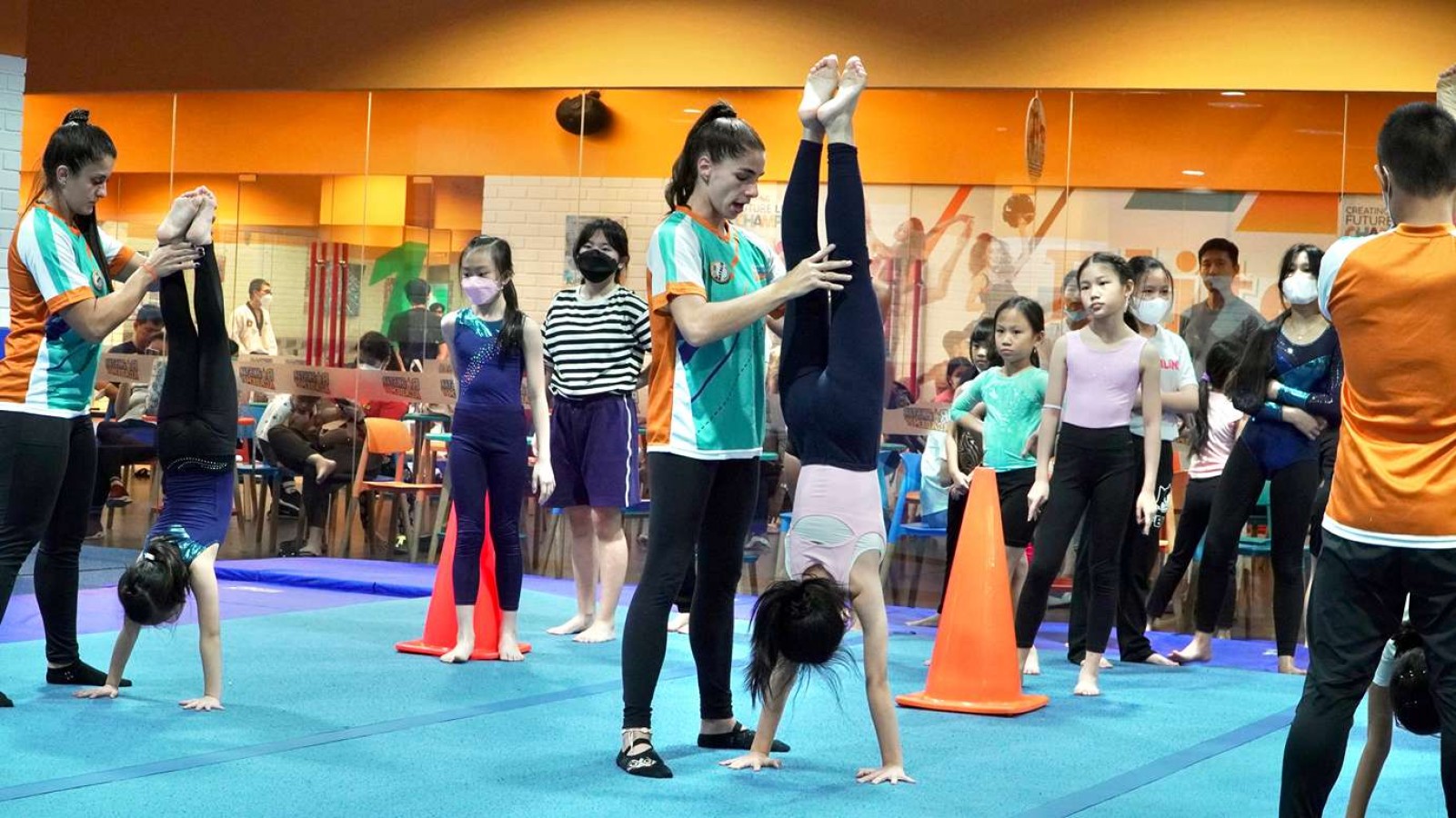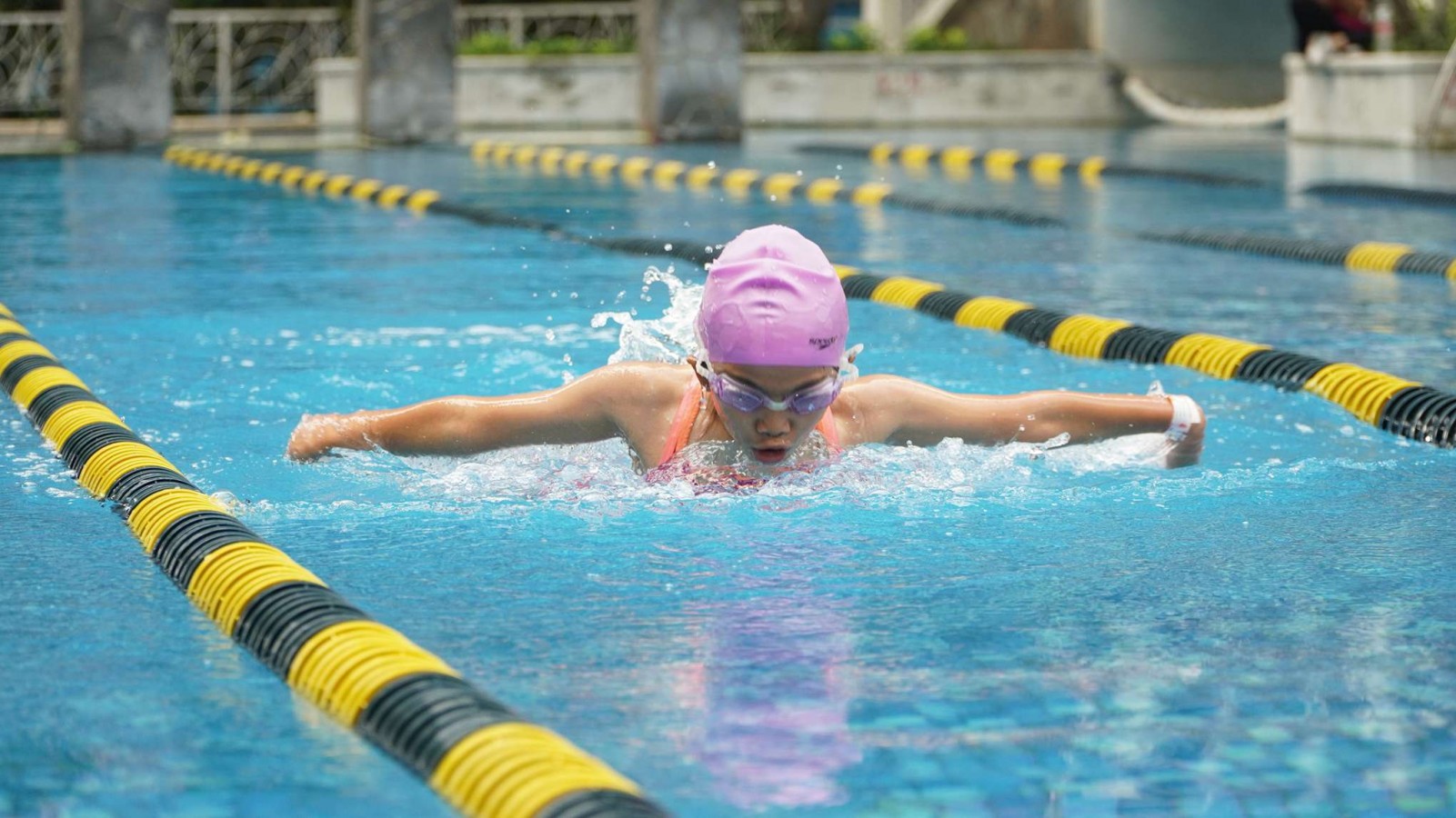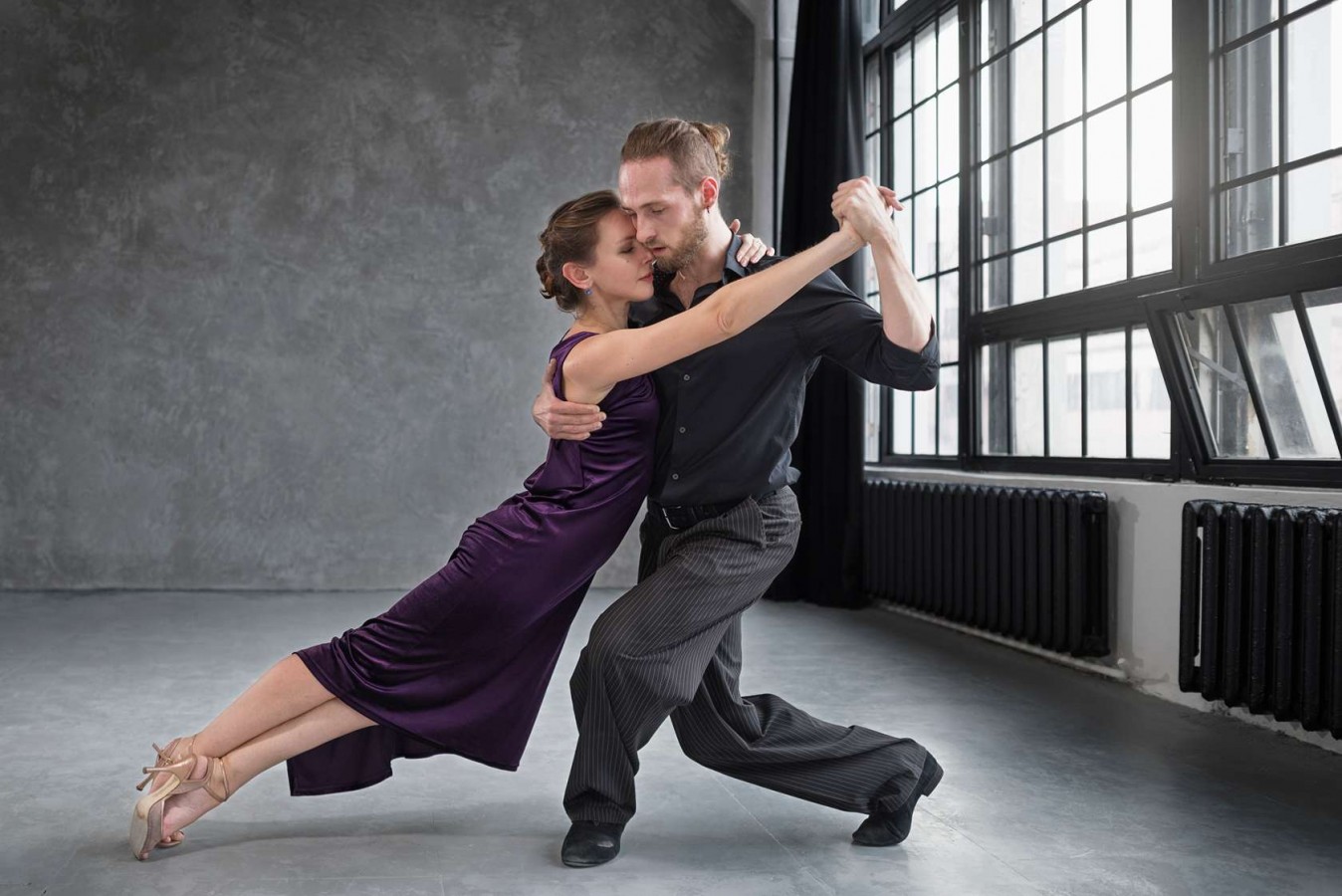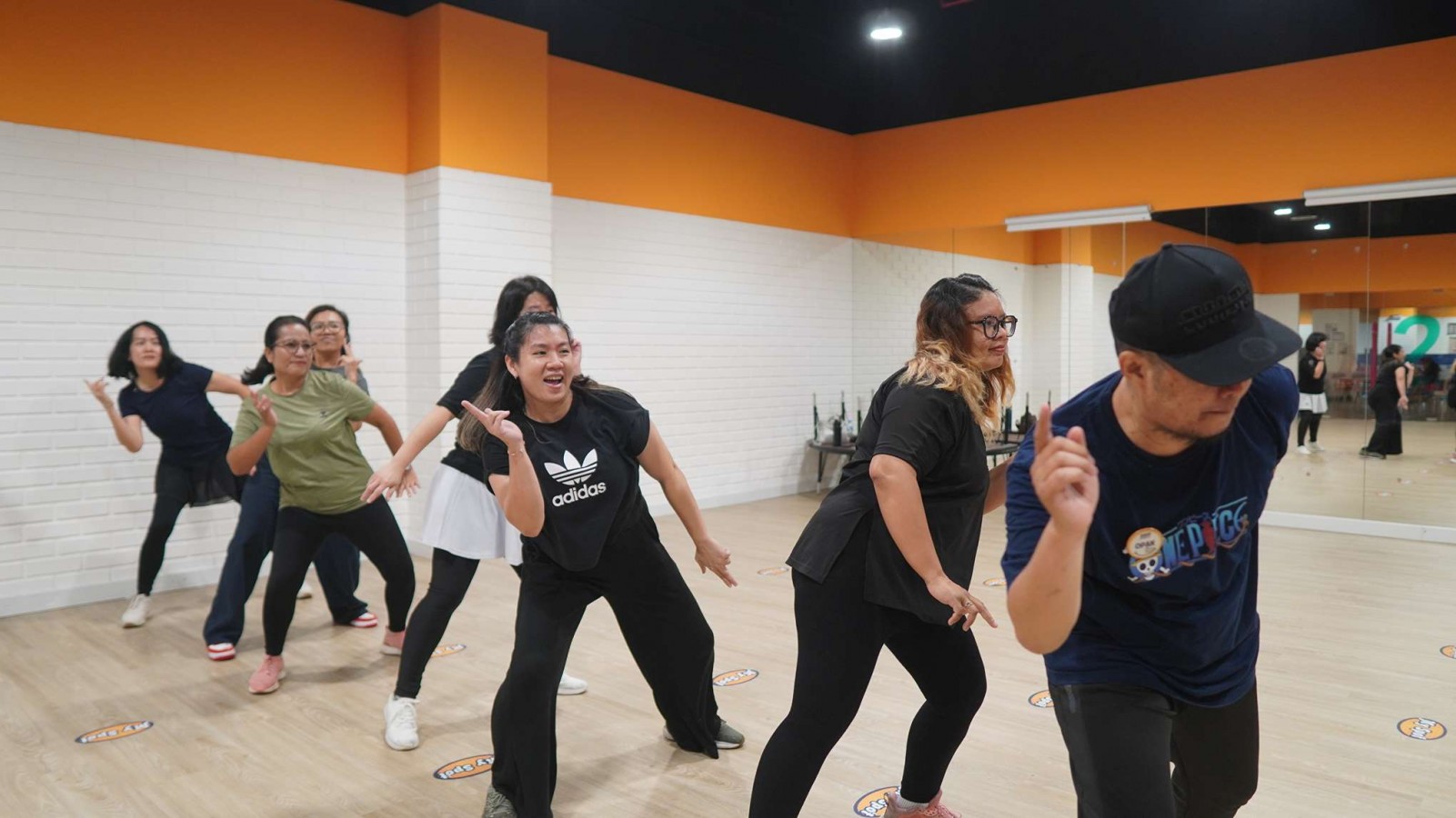New In Cheerleading? Here's How To Do Tumbling for Cheerleading!

Cheerleading has evolved significantly over the years, incorporating a myriad of dynamic routines and athletic skills. Among the most essential components is tumbling, which adds flair and excitement to performances while showcasing the athleticism of cheerleaders. But how to do tumbling?
And how exactly do you execute impressive tumbling passes that captivate the crowd and earn points with the judges? In this guide, we'll break down the fundamentals of tumbling for cheerleading and provide step-by-step instructions to help you perfect your skills.
Why Learning How to Tumble is Important?
Learning how to tumble is important for individuals of all ages, not just children, as it enhances body awareness, control, and movement proficiency. While childhood play often involves experimenting with movement, this need for bodily engagement persists into adulthood.
Developing comfort with various movement patterns equips individuals to navigate their surroundings more effectively and absorb impacts more safely.
Even basic tumbling exercises, such as cartwheels or rolls, promote significant gains in body awareness and control, which are often lacking in adults due to a lack of specific training.
Improved body control facilitates the learning of new skills and enhances overall movement capabilities. Whether one aspires to perform advanced gymnastic maneuvers or simply desires better movement quality, mastering basic tumbling techniques lays a solid foundation for progress.
Emphasizing aesthetics in tumbling further refines movement precision and coordination. By incorporating tumbling into their fitness routines, individuals can bridge gaps in body awareness and control, paving the way for improved physical performance and reduced risk of injury.
How to Reduce Fear When Tumbling?
Reducing fear when tumbling is a common challenge faced by many individuals, whether they're beginners or experienced athletes. Overcoming this fear is crucial for advancing in tumbling skills and enjoying the sport to its fullest. Here are some tips to help overcome fear:
1. Take it Slow While Learning Tumbling Techniques
Start with basic tumbling skills and progress gradually. Rushing into advanced maneuvers can exacerbate fear and increase the risk of injury. Focus on mastering each skill before moving on to more challenging ones.
2. Pay Attention to Where Your Head is During Training
Your head position plays a crucial role in maintaining balance and orientation during tumbling.
Keep your head aligned with your body and avoid looking down or sideways, which can disrupt your equilibrium and heighten fear. Instead, maintain a neutral head position and focus on spotting your landing spot.
3. Be Mindful of Your Space While Performing Tumbling Moves
Create a safe environment for tumbling by ensuring you have adequate space and clear surroundings.
Remove any obstacles or hazards that could impede your movements or cause accidents. Performing in a clutter-free area fosters confidence and reduces the risk of collisions.
Basic Tumbling Techniques
Mastering basic tumbling techniques forms the foundation for more advanced gymnastic maneuvers. These fundamental skills not only enhance body awareness and control but also contribute to overall movement proficiency. Here are some essential skills:
A. Rolls
Rolls are foundational tumbling techniques that develop body control and spatial awareness.
Forward rolls involve tucking the chin, rolling forward from a standing position, and smoothly transitioning onto the back, then returning to a standing position.
Backward rolls, on the other hand, require arching the back while rolling backward, with controlled momentum to avoid injury.
These basic rolls teach fundamental skills such as weight distribution and momentum management, serving as building blocks for more advanced tumbling sequences.
B. Cartwheel
Cartwheels are dynamic movements that combine elements of balance, strength, and coordination. To perform a cartwheel, start in a lunge position with one leg forward and the other leg extended to the side.
Place your hands on the ground in front of you and kick your legs overhead in a sweeping motion, alternating sides.
Cartwheels emphasize unilateral coordination and proprioception, enhancing overall agility and spatial awareness. Mastering this skill lays the groundwork for more complex acrobatic maneuvers.
C. Handstand
Handstands require both strength and balance, challenging the body to maintain a vertical position with the hands as the sole points of contact with the ground.
Begin by kicking up into a handstand against a wall for support, gradually working towards achieving a freestanding handstand.
Engage the core muscles to stabilize the body and focus on maintaining a straight line from the wrists to the hips and feet.
Handstands develop upper body strength, shoulder stability, and proprioceptive awareness, essential for advanced tumbling skills and other athletic endeavors.
How to Combine Tumbling Techniques to Make More Complex Moves?
Once you have mastered these basic tumbling techniques, you can begin to explore the exciting realm of combining them to create more complex moves. Here are some dynamic moves to experiment with, each offering a unique challenge and opportunity for artistic expression:
1. Try a One-Handed Cartwheel
Perform a cartwheel while using only one hand to support your body. Match the hand you use to your leading leg for stability and balance.
This variation adds a degree of difficulty to the traditional cartwheel, challenging your coordination and strength.
2. Pause Your Cartwheel in the Middle
As you execute the cartwheel, pause in the middle when you are in the handstand position. This pause allows you to demonstrate control and balance at the peak of the movement, enhancing the aesthetic appeal of your tumbling sequence.
3. Transition from Handstand to Backbend
Instead of resuming the cartwheel after pausing in the handstand position, transition smoothly into a backbend.
Lower your legs towards the ground while arching your back and extending your arms overhead.
Focus on maintaining balance and fluidity throughout the transition, combining elements of strength, flexibility, and control.
Get Ready to Tumble Like a Pro!
Tumbling is an integral part of cheerleading, adding excitement and athleticism to routines while showcasing the skill and dedication of participants. By practicing tumbling consistently, you can enhance your performance and contribute to your team's success.
At Rockstar Academy, we pride ourselves on offering a comprehensive Cheerleading Program that blends athleticism with artistry. Our Sports & Performing Arts Academy provides a nurturing environment where aspiring cheerleaders can hone their skills and reach their full potential.
If you enroll in Rockstar Academy, you can enjoy the thrill of learning new skills and even get opportunities to compete in RockOlympics and Cheerleading Elite Championships. These events will help your children to show their maximum potential and teach them how to handle losing and winning competitions.
Experience the thrill of cheerleading firsthand with our exclusive Cheerleading Class Trial. Sign up now to enjoy a complimentary session and discover the excitement of our program.
Don't miss this chance to unleash your spirit and join us on the journey to cheerleading excellence. Register for your free trial today and take the first step towards becoming a Rockstar cheerleader!
FAQ
1. How to do a proper tumbling?
To perform proper tumbling, focus on mastering fundamental skills like rolls, cartwheels, and handstands. Practice regularly, paying attention to technique, body alignment, and landing mechanics.
2. How do you train for tumbling?
Train for tumbling by practicing basic skills consistently, focusing on technique, strength, and flexibility.



